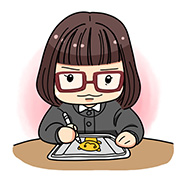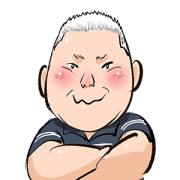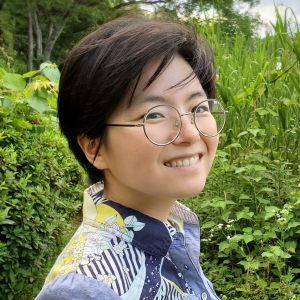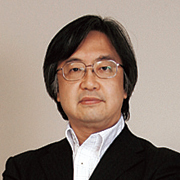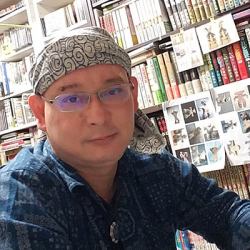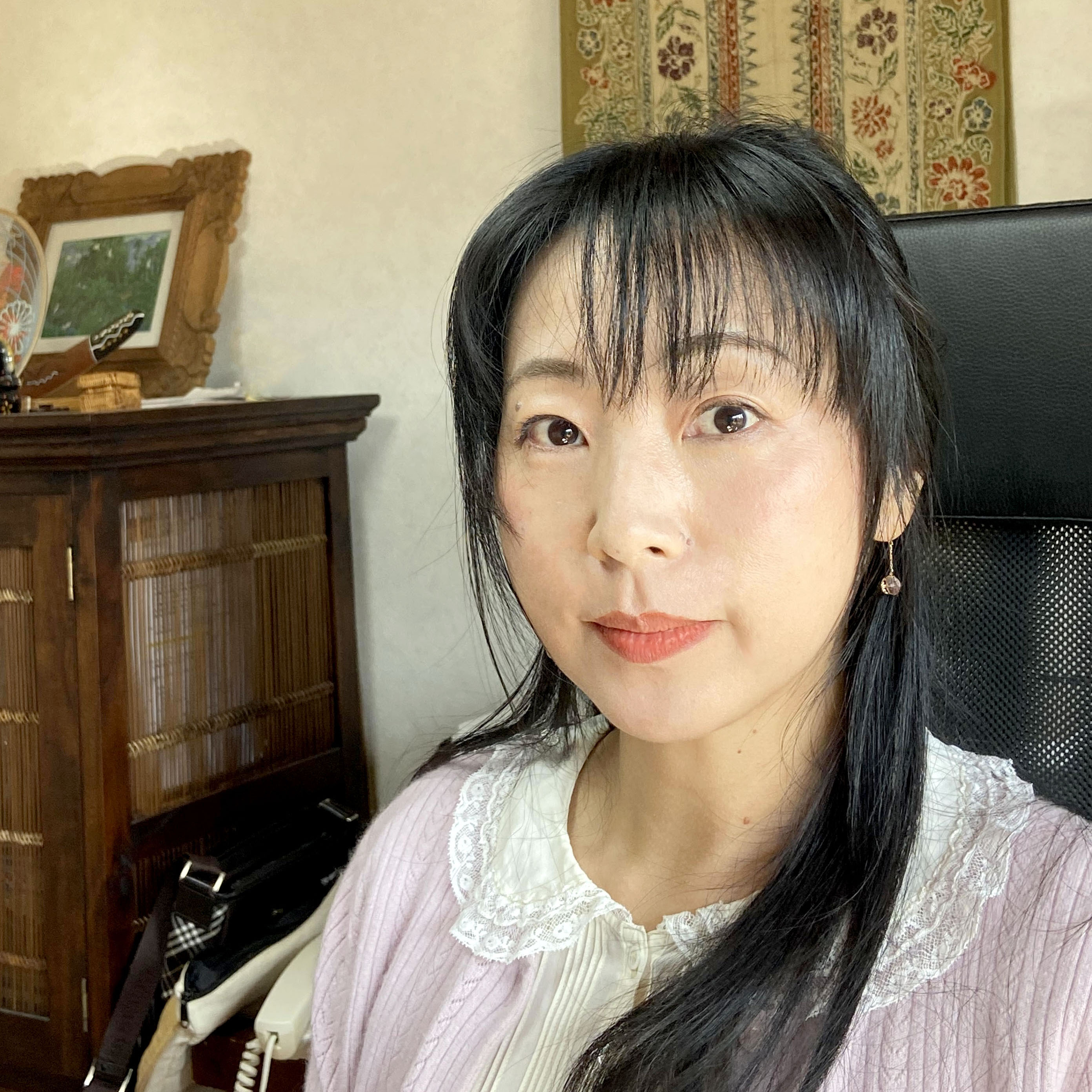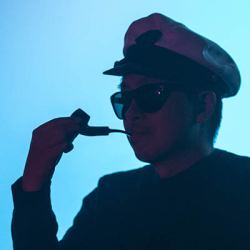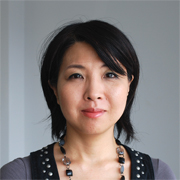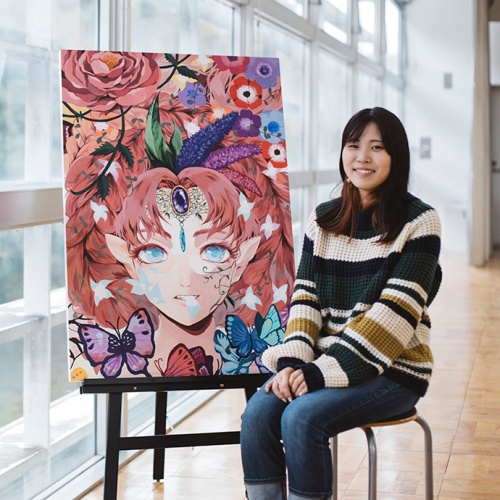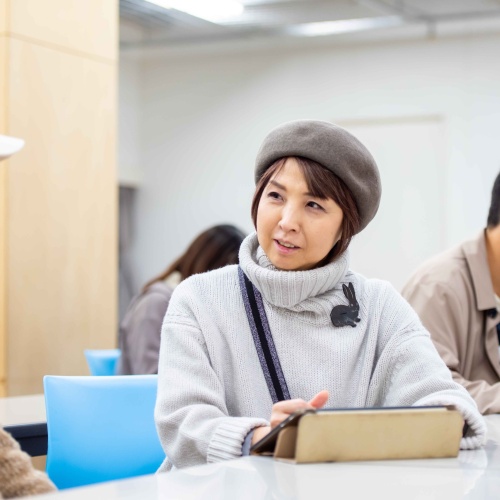
ISHII Kenta
- Specialization
- Cartoon Editing
[Core Practicum in Manga / Year 1]
In addition to the basic penmanship needed for manga production, students learn the fundamentals of perspective, an essential skill for comic art that helps them master drawing backgrounds.Technical drawings and live croquis sketching are also used to broaden students’ range of character expression.
[Script Practice & Expressive Technique / Year 2]
In two consecutive storyboarding courses unique to the Comic Art Course, students gain exhaustive experience creating storyboards on various themes.Students make dramatic improvements after repeatedly producing storyboards and receiving feedback from several academic faculty members.
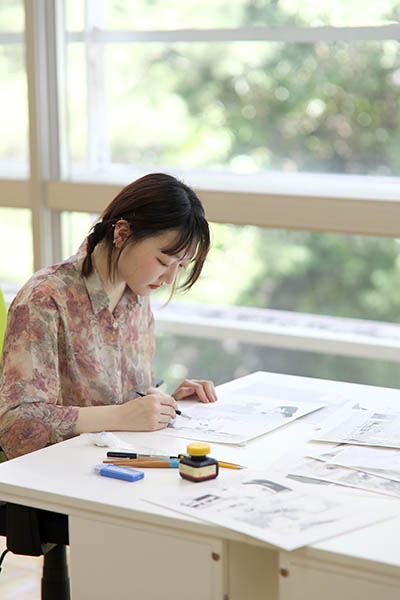
Students learn the basic techniques that form the foundation of manga production, such as pen and ink drawing, perspective techniques, and sketching.There are also classes to learn the basics of digital art, so students can learn the techniques for drawing manga from scratch.
In the first half of the course, students focus on a storyboard practice assignment before creating a 16-page original work where they learn how to turn a concept into a story.Another elective focuses on color manga techniques.
Students join seminars to develop their strengths in a specific area.They are also given opportunities to gain real-world experience, including classes to develop practical manga production skills through assignments in collaboration with publishers and distribution companies and classes to produce manga in partnership with the government.
Working with an academic supervisor, students create a manga of at least 32 pages or the equivalent.Many students become professional manga artists after their graduation work attracts the attention of publishers. Still, many others find employment at game and design companies based on their level of illustrative ability.
There are no walls between the third- and fourth-year studios, creating an open space where students can pick up on things from each other's lessons and interact in a single space.
PICK UP!
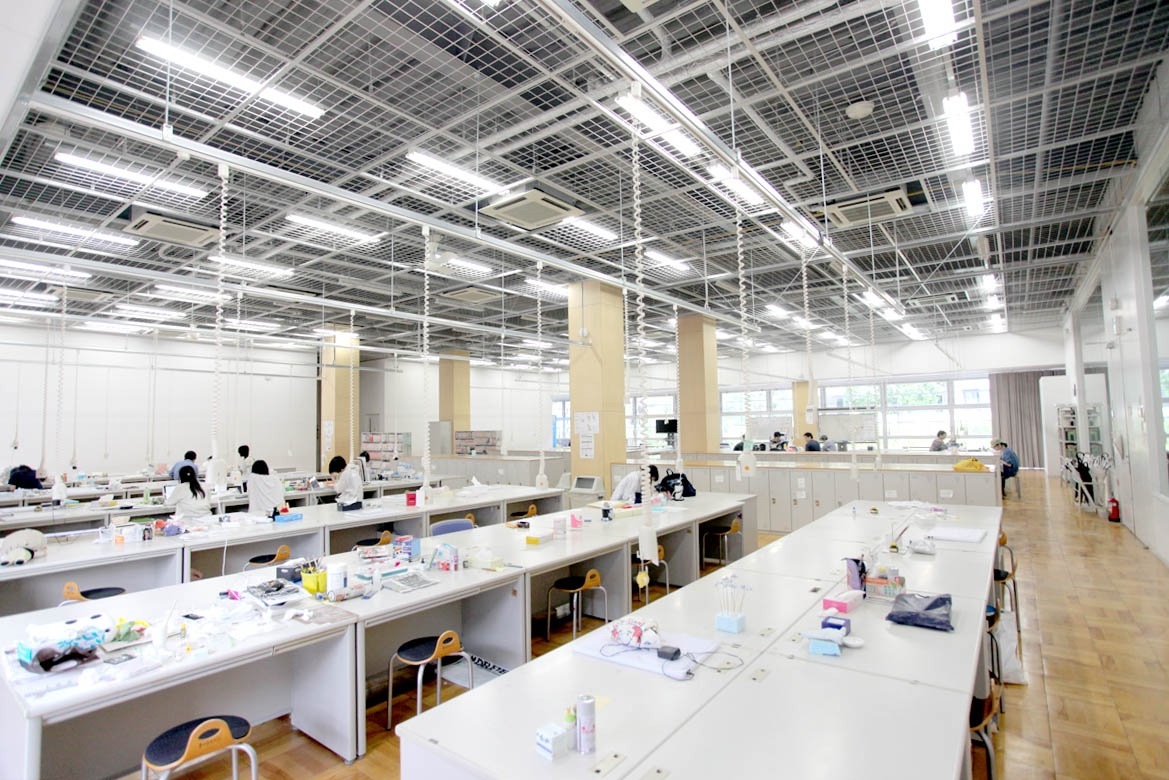
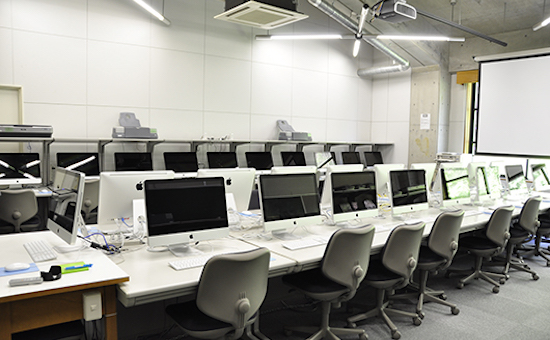
Our Windows and Mac rooms each have 40 computers, all equipped with pen tablets and capable of producing digital manga.

